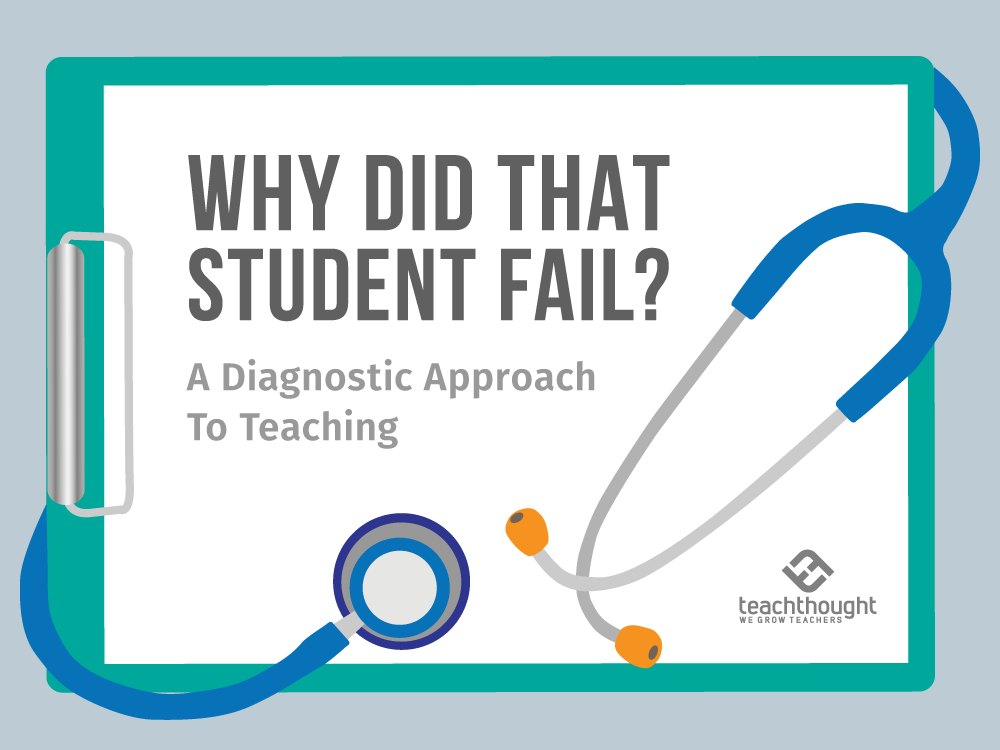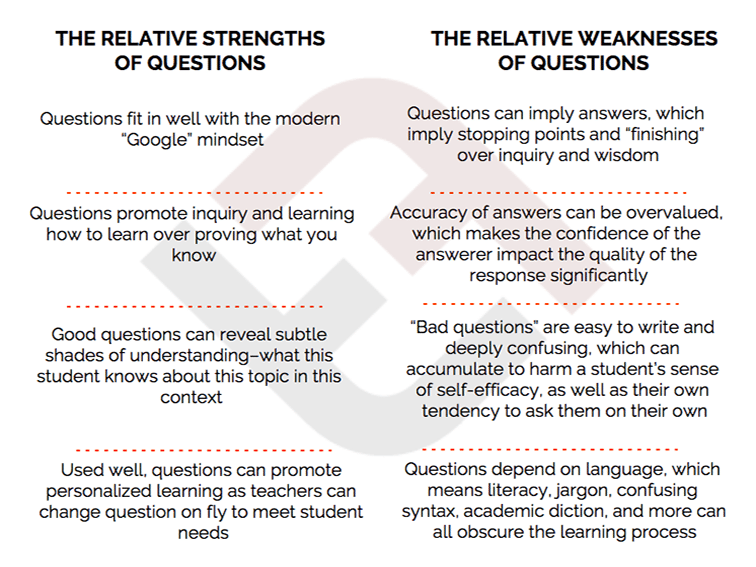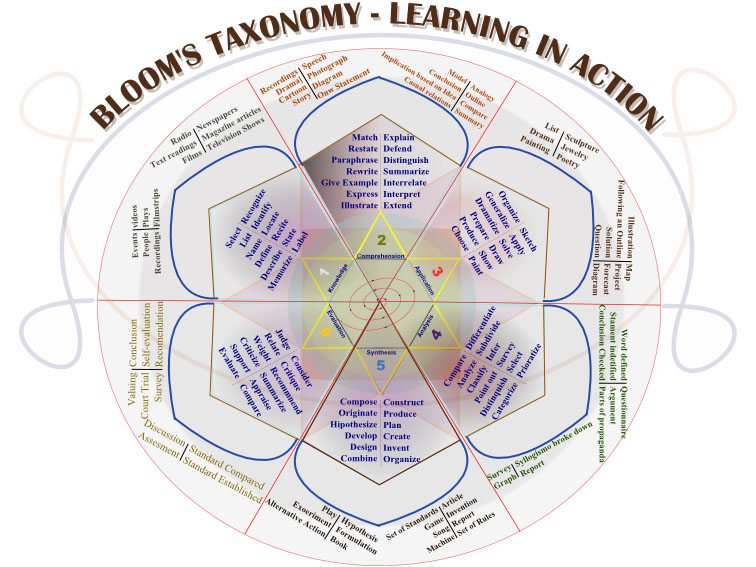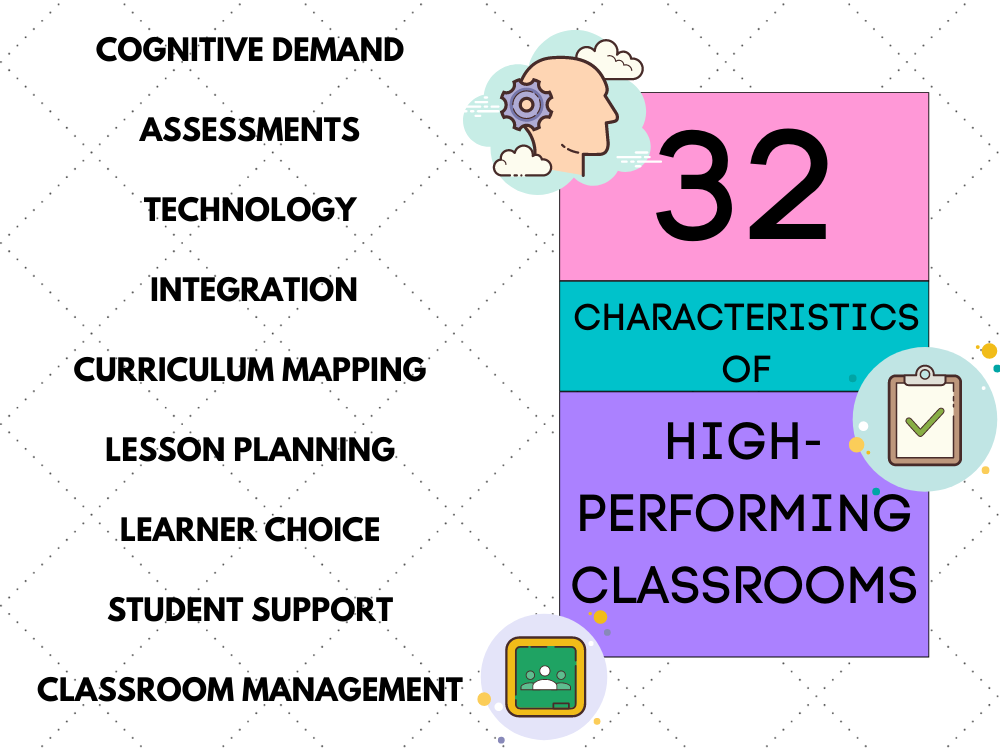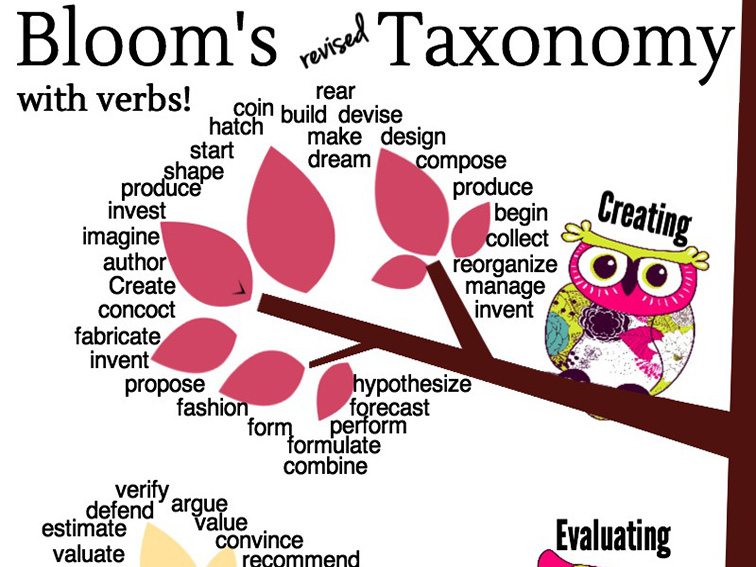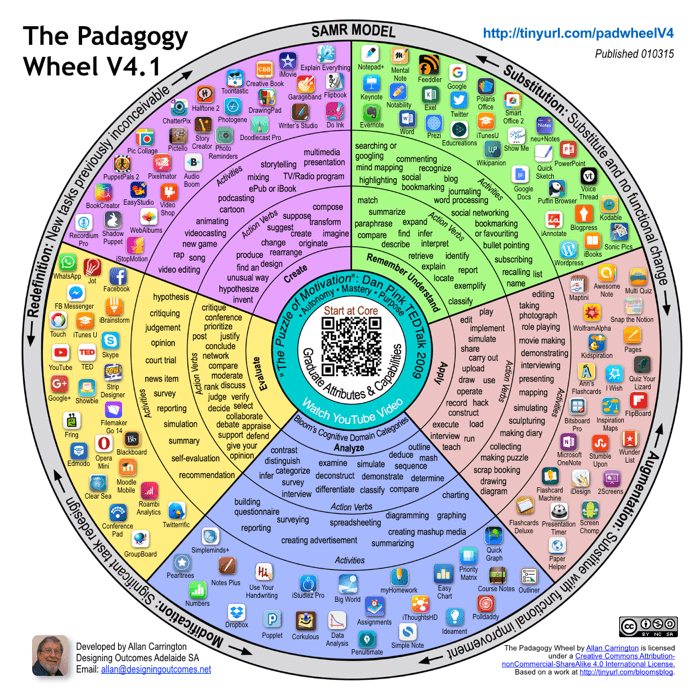Tag: Bloom's Taxonomy
Why Did That Student Fail? A Diagnostic Approach To…
What is Diagnostic Teaching? Diagnostic teaching is a step-by-step, intentional process for pinpointing exactly why a student is struggling.
An Updated Guide To Questioning In The Classroom
This guide to questioning in the classroom views questions as signs of understanding, not ignorance–the ability to see what you’re missing.
Resources For Teaching With Bloom’s Taxonomy
In this list, we’ve collected posters, apps, definitions, apps, tools, videos and strategies and more to help teachers use Bloom’s Taxonomy.
30 Of The Most Popular Trends In Education
Some of the most popular trends in education include Social-Emotional Learning, blended learning, and sustainable teaching.
32 Characteristics Of High-Performing Classrooms
We’ve created the following 32 characteristics of high-performing classrooms to help you spot the opportunities for growth in your teaching.
A Taxonomy Tree: A Bloom’s Revised Taxonomy Graphic
A Bloom’s Revised Taxonomy Graphic by TeachThought Staff If you’re a TeachThought reader, you know that thought is at the core of […]
The Padagogy Wheel: It’s Not About The Apps, It’s…
The Padagogy Wheel brings together in one chart several different domains of thinking with education apps for learning.
The TeachThought Dictionary: Learning Models & Technology
A Dictionary For 21st Century Teachers: An ongoing index of emerging learning models, theories, and technology for progressive teaching.
